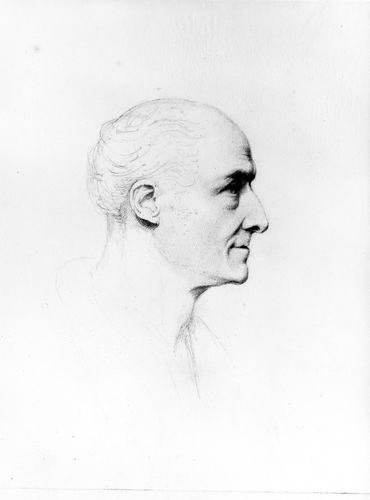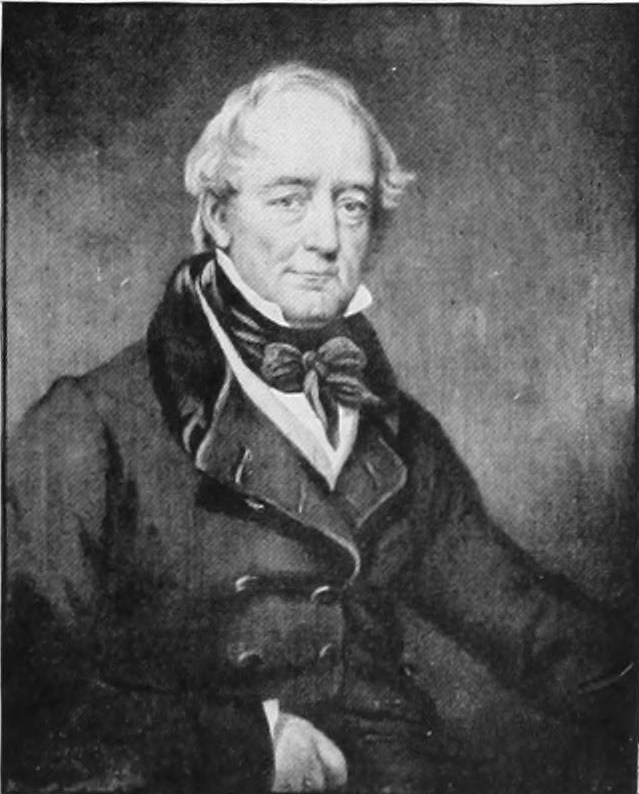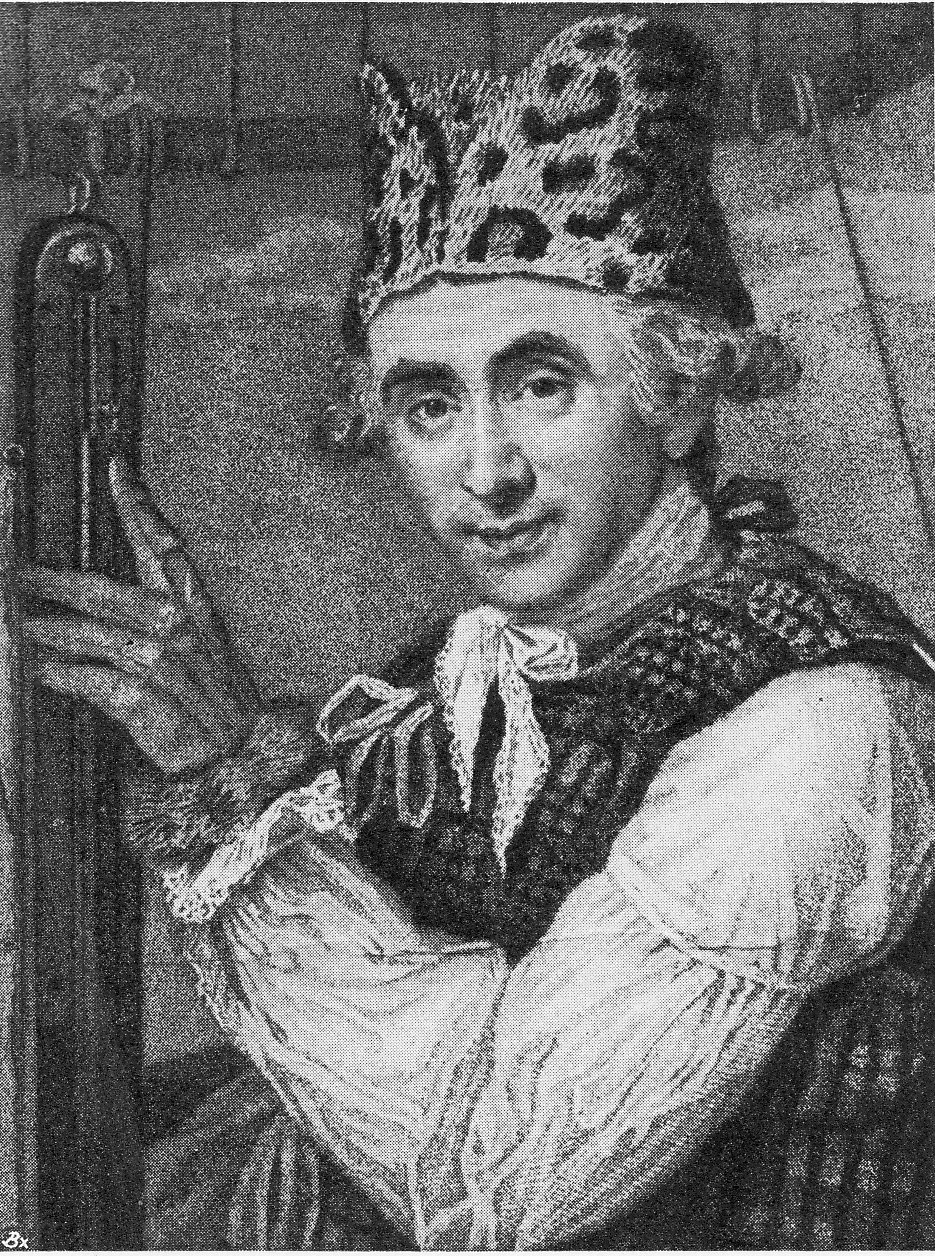|
Anne Mee
Anne Mee, née Foldsone (1765–1851) was a prolific English miniature painter of the late 18th and early 19th centuries. Life The eldest child of John Foldsone, she was educated at Madame Pomier's school in Queen Square, Bloomsbury, London. She began to paint at age 12, with tuition from George Romney, and after her father died in 1784, did so to support her family. Anne Mee exhibited occasionally at the Royal Academy between 1815 and 1837. She died at Hammersmith, 28 May 1851. Family Anne Foldsone married Joseph Mee, an Irish barrister from Armagh, in 1793; they had six children. A son, Arthur Patrick Mee, practised as an architect, and exhibited at the Royal Academy from 1824 to 1837. Career As Miss Foldsone, she received royal and aristocratic patronage; and Horace Walpole, in his letters to Mary Berry of 1790–1, mentioned that she was at Windsor, painting the princesses. The Prince Regent gave Anne Mee employment in painting portraits of fashionable beauties, and man ... [...More Info...] [...Related Items...] OR: [Wikipedia] [Google] [Baidu] |
Portrait Miniature
A portrait miniature is a miniature portrait painting, usually executed in gouache, watercolor, or enamel. Portrait miniatures developed out of the techniques of the miniatures in illuminated manuscripts, and were popular among 16th-century elites, mainly in England and France, and spread across the rest of Europe from the middle of the 18th century, remaining highly popular until the development of daguerreotypes and photography in the mid-19th century. They were usually intimate gifts given within the family, or by hopeful males in courtship, but some rulers, such as James I of England, gave large numbers as diplomatic or political gifts. They were especially likely to be painted when a family member was going to be absent for significant periods, whether a husband or son going to war or emigrating, or a daughter getting married. The first miniaturists used watercolour to paint on stretched vellum, or (especially in England) on playing cards trimmed to the shape required. The ... [...More Info...] [...Related Items...] OR: [Wikipedia] [Google] [Baidu] |
George Harpur Crewe
Sir George Crewe, 8th Baronet (1 February 1795 – 1 January 1844) was an English Tory politician who represented the constituency of South Derbyshire. Biography Crewe was the eldest surviving son of Sir Henry Harpur Crewe, 7th Baronet and his wife Ann Hawkins, daughter of Isaac Hawkins. His father took the name and arms of Crewe by royal sign manual in 1808. Crewe was educated at Rugby School. On 7 February 1818, at the age of 24, he succeeded his father, who died after falling from his coach box. He inherited the Baronetcy, Calke Abbey the family seat and extensive properties in Derbyshire, Staffordshire, and Leicestershire. Crewe was called upon to serve as High Sheriff of Derbyshire in 1821, and one of his first acts was to do away with the Assize Ball publishing a letter "showing how cruel and heartless it appeared that any person should be found engaged in worldly mirth and amusement on so solemn an occasion, when so many poor creatures were trembling on the eve of their ... [...More Info...] [...Related Items...] OR: [Wikipedia] [Google] [Baidu] |
Anne Caulfield, Lady Charlemont
Anne Caulfeild, Countess of Charlemont (; 1780–1876) was an Anglo-Irish courtier. She was the first Lady of the Bedchamber appointed by Queen Victoria on her accession, serving in that capacity from 1837–54. She was a daughter of William Bermingham, Esq., of Ross Hill, Galway and his wife Mary (née Ruttledge). Her sister, Mary (d. 1840), married Nathaniel Clements, 2nd Earl of Leitrim (1768–1854) in 1800. In 1802 she married Francis Caulfeild, 2nd Earl of Charlemont (1775–1863) (formerly 5th Viscount Charlemont), who was notoriously unfaithful to her.''Parallel Lives'', Phyllis Rose, Vantage (New York, 1984), pg. 88. Lady Charlemont supported Effie Gray in the annulment of her marriage to John Ruskin in 1854. In art Lady Charlemont was a celebrated beauty in her time. A bust of her as a young woman by Joseph Nollekens was displayed in the corridor of Windsor Castle. Lord Byron wrote of her in his 'Letter on the Rev. W.L. Bowles's Strictures on Pope' (February 7, 182 ... [...More Info...] [...Related Items...] OR: [Wikipedia] [Google] [Baidu] |
John Samuel Agar
John Samuel Agar (1773–1858) was an English portrait painter and engraver, who exhibited his works at the Royal Academy from 1796 to 1806Bryan and at the British Institution until 1811. He did not exhibit again until 1836. He had been declared bankrupt in February of the previous year. He was at one time president of the Society of Engravers. His engravings were chiefly in stipple. They include works after Richard and Maria Cosway, and a series of allegories of the months after Edward Francis Burney, published by Rudolf Ackermann in 1807–9. His illustrations for Richard Payne Knight's ''Specimens of Ancient Sculpture, Aegyptian, Etruscan, Greek and Roman: Selected from different collections in Great Britain'' (1809), have been described by Nicholas Penny Sir Nicholas Beaver Penny (born 21 December 1949) is a British art historian. From 2008 to 2015 he was director of the National Gallery in London. Early life Penny was educated at Shrewsbury School before he studied ... [...More Info...] [...Related Items...] OR: [Wikipedia] [Google] [Baidu] |
Henry Hoppner Meyer
::''Also not to be confused with his son, Bernard Francis Hoppner Meyer (20 April 1811-3 June 1888), also an artist.'' Henry Meyer (12 June 1780 - 28 May 1847) was an English portrait painter, more known as a stipple and mezzotint engraver. Meyer was born John Meyer in London - a son of John Meyer and Anna Torade Hoppner who married at St James Westminster 22 December 1767. Contrary to other accounts Henry Meyer's father was a hairdresser and not an engraver. Joseph Farington recorded that Henry Meyer was a nephew of John Hoppner, referring to him as 'Mier' (8 February 1810), and in the obituary of Meyer in Gentleman's Magazine (1847 ii 665). A prominent early 19th-century artist, Henry Meyer was admitted as a pupil to Christ's Hospital, London in 1791 where he studied under Benjamin Green. On 25 August 1794 he was apprenticed to Benjamin Smith for seven years and ultimately trained in engraving techniques at the Royal Academy Schools under Francesco Bartolozzi. His first p ... [...More Info...] [...Related Items...] OR: [Wikipedia] [Google] [Baidu] |
Henry Bone
Henry Bone (6 February 1755 – 17 December 1834) was an English enamel painter who was officially employed in that capacity by three successive monarchs, George III, George IV and William IV. In his early career he worked as a porcelain and jewelry painter. He was elected a Royal Academician and produced the largest enamel paintings ever seen up to that time. Life and work Henry Bone was born in Truro, Cornwall. His father was a cabinet maker and carver of unusual skill. In 1767, Bone's family moved to Plymouth in neighbouring Devon, where Henry was apprenticed, in 1771, to William Cookworthy, the founder of the Plymouth porcelain works, and the first manufacturer of Hard-paste porcelain in England. In 1772, Bone moved, with his master, to the Bristol china works, where he remained for six years, working from 6 a.m. to 6 p.m., and studying drawing at night. His china decoration is of high merit, and is said to have been marked with the figure "1" in addition to the facto ... [...More Info...] [...Related Items...] OR: [Wikipedia] [Google] [Baidu] |
Princess Sophia Of The United Kingdom
Princess Sophia (Sophia Matilda; 3 November 1777 – 27 May 1848) was the twelfth child and fifth daughter of King George III and Queen Charlotte. Sophia is perhaps best known for the rumours surrounding a supposed illegitimate child to whom she gave birth as a young woman. In her youth, Sophia was closest to her father, who preferred his daughters over his sons; however, she and her sisters lived in fear of their mother. The princesses were well-educated but raised in a rigidly strict household. Though he disliked the idea of matrimony for his daughters, King George had intended to find them suitable husbands when they came of age. However, the King's recurring bouts of madness, as well as the Queen's desire to have her daughters live their lives as her companions, stopped would-be suitors from offering for most of the princesses. As a result, Sophia and all but one of her sisters grew up in their mother's cloistered household, which they frequently referred to as a "Nunnery". T ... [...More Info...] [...Related Items...] OR: [Wikipedia] [Google] [Baidu] |
James Thomson (engraver)
James Thomson (1788–1850) was a British engraver, known for his portraits. He completed his apprenticeship in engraving and then established himself independently, following the dot and stipple style. His engravings and paintings featured both leading figures of his day and those of previous periods. Life Thomson was baptised on 5 May 1788 at Mitford, Northumberland, where his father James Thomson, who later became vicar of Ormesby in Yorkshire, was then acting as curate. He was sent to London to be apprenticed to an engraver named Mackenzie. After completing an apprenticeship with Mackenzie, he worked for two years under Anthony Cardon, and then established himself independently. He became an accomplished engraver in the dot and stipple style. He died at his house in Albany Street, London, on 27 September 1850. Works Working mainly on portraits, Thomson was engaged for major illustrated works including Edmund Lodge's ''Portraits of Illustrious Personages'', ''Fisher's ... [...More Info...] [...Related Items...] OR: [Wikipedia] [Google] [Baidu] |
Charles Turner (engraver)
Charles Turner (31 August 1774, Woodstock, Oxfordshire – London 1 August 1857) was an English mezzotint engraver and draughtsman who specialized in portraiture. He collaborated with J. M. W. Turner (to whom he was not related) on the early plates of the same's ''Liber Studiorum''. Life Turner was born at Woodstock in Oxfordshire. His father, also named Charles, was an excise officer, and his mother, Jane was a former paid companion to the Duchess of Marlborough at Blenheim Palace. Following his father's death, his mother returned to the Duchess's service, with the result that Turner had access to the gallery at the palace. He moved to London in about 1789, where he worked for John Boydell, a major print publisher, and enrolled in the Royal Academy Schools. He made his first mezzotint in 1795, working from a portrait of John Kirby, the keeper of Newgate, painted by his friend John James Masquerier, and immediately afterwards produced a stipple engraving after a portrait of ... [...More Info...] [...Related Items...] OR: [Wikipedia] [Google] [Baidu] |
Caroline Watson
Caroline Watson (1761?–1814) was an English stipple engraver. Life The daughter of the Irish engraver James Watson (engraver), James Watson, she was born in London in 1760 or 1761, and studied under her father, who worked in mezzotint. She was known for her skilled worked in the stipple method, was particularly known for reproductions of miniatures, and was the only woman engraver to serve as an independent engraver in the British 18th century. She came to prominence as an engraver at about the same time as women began to make up a significant proportion print consumers. Her career began to wind down after 1810 due to ill health, and she died at Pimlico on 10 June 1814. Works Watson's plates were numerous. In 1784 she engraved a portrait of Prince William Henry, Duke of Gloucester and Edinburgh, Prince William of Gloucester, after Joshua Reynolds, and in 1785 a pair of small plates of the Princesses Sophia and Mary, after John Hoppner, which she dedicated to Charlotte of Meckle ... [...More Info...] [...Related Items...] OR: [Wikipedia] [Google] [Baidu] |
Maxim Gauci
Maxim Gauci (11 February 1774 – 3 November 1854), born Massimo Gauci, was a Maltese lithographer and painter who was active in the United Kingdom in the 19th century. He was an early exponent of lithography for botanical illustration. Life Gauci was born in Valletta, Malta on 11 February 1774. He studied painting under Michele Busuttil, and was later sent to the Accademia di San Luca in Rome on the recommendation of Grand Master Emmanuel de Rohan-Polduc. Gauci eventually moved to Paris, and married there in 1804. While he was there, he was known as Maxime Gauci and he worked in the studio of Jean-Baptiste Isabey. He was father of William Gauci, another printer, and the landscape painter Paul Gauci. Gauci travelled to Egypt and the Middle East before settling in London in 1809. He never went back to Malta, but he was often visited by his relatives and other Maltese people. Gauci remained active until his eyesight began to decline, and he died in London on 3 November 1854, ... [...More Info...] [...Related Items...] OR: [Wikipedia] [Google] [Baidu] |
Samuel Freeman (engraver)
Samuel Freeman (1773–1857) was an English engraver. He died on 27 February 1857, aged 84. Works Freeman worked chiefly in stipple, and is principally known as an engraver of portraits. Among these were: * Samuel Johnson, after Francesco Bartolozzi; * David Garrick, Garrick, and Henry Tresham, R.A., after Sir Joshua Reynolds; * Robert Ker Porter, and Letitia Elizabeth Landon, after J. Wright (Freeman's original drawing from the portrait of Miss Landon is in the print room at the British Museum); * Thomas Campbell (poet), Thomas Campbell, after Thomas Lawrence, Lawrence; * Charles Elmé Francatelli the cook, after Auguste Hervieu * Queen Victoria, after Miss Costello, and others. He engraved numerous portraits and other illustrations to Thomas Frognall Dibdin's ''Northern Gallery'' etc. For Tresham's ''British Gallery'' (1815) Freeman engraved the Stafford Gallery replica of Raphael's ''La vierge au diadème''. He also engraved some of the plates for ''Jones's National Galler ... [...More Info...] [...Related Items...] OR: [Wikipedia] [Google] [Baidu] |
_by_Anne_Mee_(ca_1770-1851).jpg)







